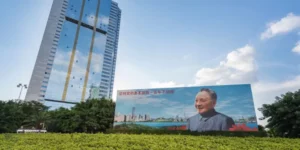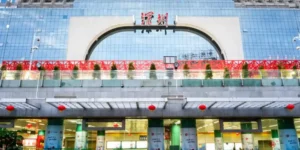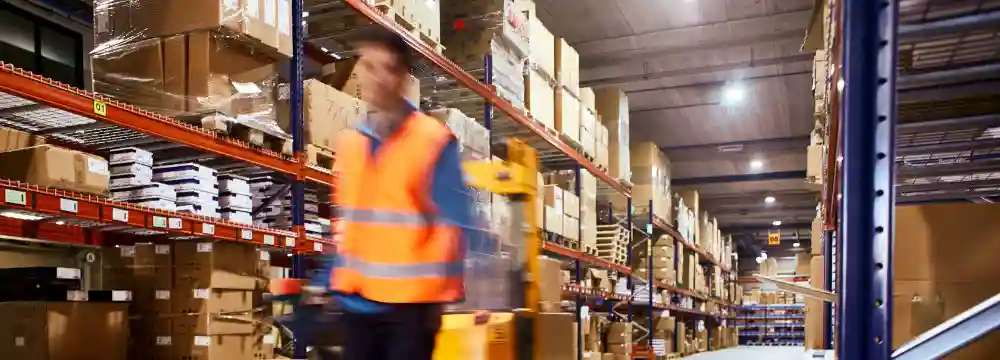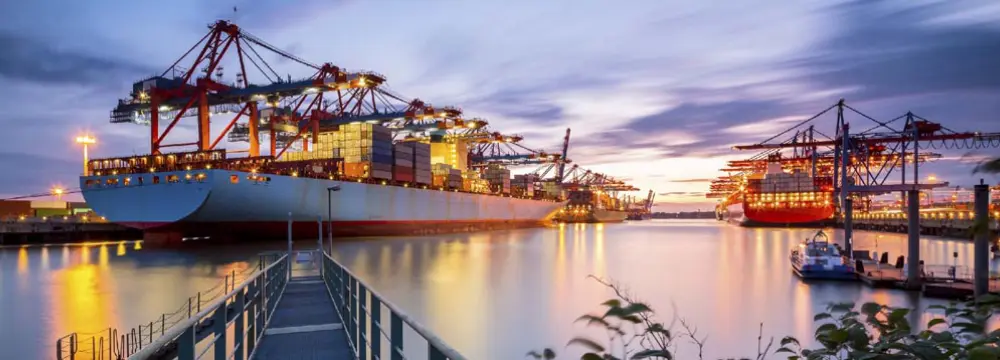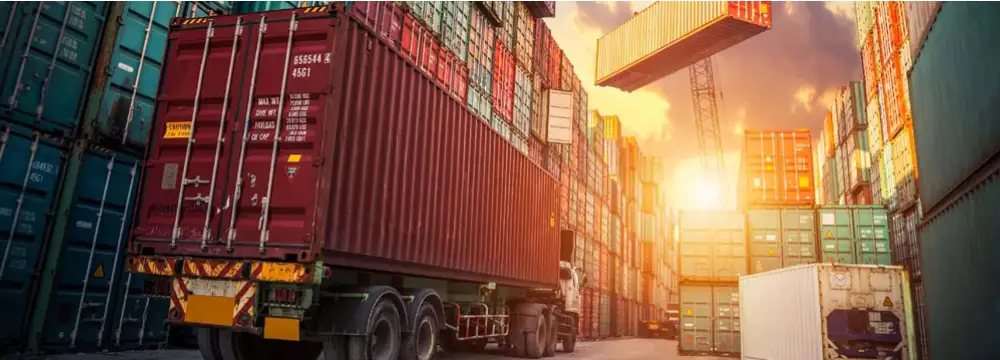China has several special areas in place which are aimed at helping to encourage rapid economic growth and attract foreign investment. They are usually called “Special Economic Zones” (SEZs) in China; sometimes development areas.
Initially introduced in the 1980s by the Chinese government within the scope of a policy change, the current number has grown to about 38 special economic zones (or similar) in mainland China, usually located at the coast. A free trade zone takes this concept further by reducing any trade barriers and is an exclusive area within special economic zones.
Note, SEZs and special administrative regions (SARs), which describe the status of Hong Kong and Macau, are very different concepts, and should not be confused.
The Benefits of Special Economic Zones in China
There are various incentives to business owners who are operating out of these zones. Firstly and most famously are the SEZ tax benefits, especially ones that are aimed at foreign investments. One of the most famous tax benefits is the elimination of corporate tax under losses which means if you fail to generate a profit, you do not have to pay taxes. Once a company does start to generate a profit, then there are reduced tax rates until 5 years from the start of profitability.
Many special economic zones have a decreased income tax level, being as low as 15% as in Hong Kong special economic zone, whereas in mainland China this rate is normally as high as 33%. With China’s economy being incredibly reliant on exports, there is also regulation aimed at encouraging exports.
This included companies being able to export goods duty free, as well as being exempt from local taxes in certain industries.
The benefits of these special economic zones in China can directly be seen in the development of well established economic zones. For example, Shenzhen economic zone, after being designated as one of the first special economic zones, the city grew from being a small village to a city with a population of more than 10 million within a few decades.
Deng Xiaoping as the father of Special Economic Zones in China
is still commonly worshiped in Shenzhen.
Furthermore, creating favourable zones of trade boosts employment rates, raising overall living standards. It is a clever approach to focus on growth in select areas at a low development level so that returns to scale and investments into infrastructure become more efficient.
The integration into international trade activities was (and still is) a main objective of setting-up special economic zones. Many of China’s designated zones have attracted foreign direct investment (FDI) improving the business environment and overall economy; China’s export industry is the direct result of these strategies. These measures were particularly important to get the necessary resources and know-how to modernize the economy.
Furthermore, the Chinese government may also test a variety of policies without having to implement them on a national level. For example, by introducing special zone policies in these areas, overall effects can be measured which can then be used on the broader national level. The economic liberalization that is now ubiquitous in the whole country was initially limited to the SEZs.
While trying to stimulate growth in China’s economic zones is one of the purposes for these zones for trade, trying out different regulation is also incredibly useful. Case and point: In the 1980s many companies withdrew their investments within China as investors found the country’s red tape too complicated.
However, in 1982, new regulation was introduced aiming to simplify this process, and in turn led to immediate improvements in overseas investment levels.
Other regulation that can differ for experimental reasons in selected zones is the taxation rate implemented. Currently, unregulated and unblocked internet access is being tested in a few special economic zones to make communication–particularly for foreign companies–easier.
The train station in Shenzhen – one of the first new buildings erected
in the middle of nowhere to allow for growth.
Conclusion
Special economic zone policies provided to companies located in the specified zones for trade have both propelled growth in China and made the country extremely competitive internationally. The “China model,” as it has been dubbed, is being emulated by other developing countries. The flexibility provided by creating these special economic zones in China has shown strong results; however, not all of the current 54 designated zones have been successful. While it is agreed that these zones can be deemed to have boosted China’s GDP by up to 10%, the special economic zone advantages and disadvantages on productivity has yet to be seen.
Furthermore, the growth and economic development remains largely limited to these special economic zones in China to today–the anticipated trickle-down effect never really happened. While it seems to be fair to argue that this model was the right thing to do for China to get out of poverty, it might be questionable if this approach will also be the ideal solution for the future. It would definitely further increase the already substantial regional disparity and income inequality in China.


